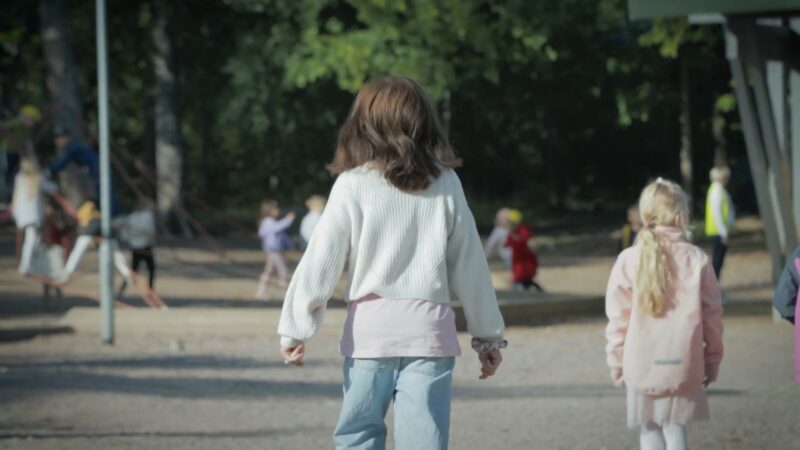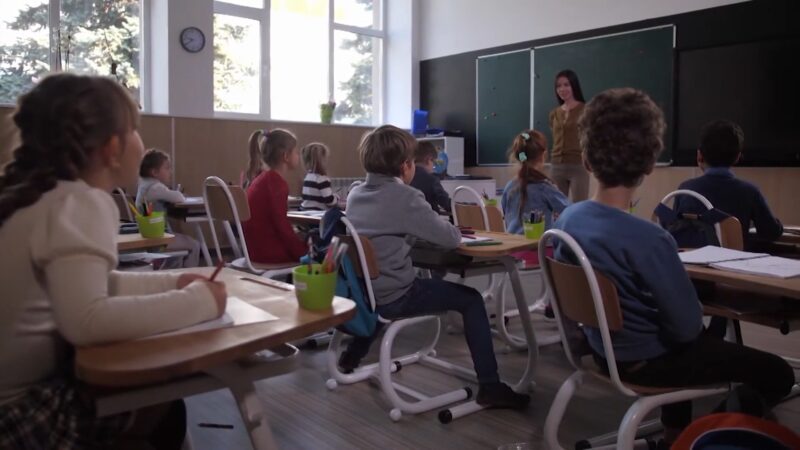Bullying is a widespread problem in schools, affecting children and teenagers in significant ways. Since the 1980s, researchers have been studying bullying to understand its causes and consequences better.
School bullying, which involves harmful, repetitive behavior and a power imbalance, can lead to serious mental health issues, poor academic performance, and other negative life outcomes. To address this problem, schools have implemented various anti-bullying programs.
These programs aim to reduce bullying by teaching students about empathy, conflict resolution, and the importance of kindness. Evaluating the impact of these programs is crucial to ensure they effectively protect students and create a safer school environment.
What are the goals of these programs?
Reducing bullying perpetration

One of the primary goals of anti-bullying programs is to reduce the number of students who engage in bullying. According to a comprehensive meta-analysis, these programs are successful in achieving this goal.
The analysis, which reviewed 100 evaluations and 103 independent effect sizes, found that anti-bullying programs reduce bullying perpetration by 19-20%. This significant decrease shows that these programs can change aggressive behaviors and foster a more positive school culture.
Decreasing victimization
In addition to reducing bullying behaviors, anti-bullying programs also aim to protect students from becoming victims. The same meta-analysis found that these programs reduce victimization by 15-16%.
By teaching students how to stand up for themselves and others and providing support systems, these programs help create a safer environment where students feel more secure.
Age cohort designs

Programs targeting specific age groups, known as age cohort designs, show the largest effects in reducing both bullying perpetration and victimization. This suggests that tailoring anti-bullying efforts to the developmental stage of students can enhance their effectiveness.
For example, programs designed for younger children might focus more on basic social skills and empathy, while programs for teenagers might address more complex issues like peer pressure and social dynamics.
Variability in effectiveness

While the overall impact of anti-bullying programs is positive, there is significant variability in their effectiveness. This variability can be attributed to differences in program components, implementation methods, and the specific needs of the student population.
Effective anti-bullying programs often include a combination of elements, such as whole-school policies, parental involvement, student education, and social skills training. Programs that incorporate multiple components tend to be more successful because they address the issue from various angles.
Implementation methods
The way a program is implemented can also affect its success. Programs that are consistently applied over several years are more likely to yield positive results compared to those that are short-term or sporadically enforced. Additionally, the commitment and training of school staff play a crucial role in the program’s effectiveness.
Programs that are adapted to fit the cultural and contextual needs of the students tend to be more successful. For instance, addressing specific bullying behaviors that are prevalent in a particular school or community can make the intervention more relevant and effective.
Successful program examples
Olweus Bullying Prevention Program
The Olweus Bullying Prevention Program is one of the most researched and well-established anti-bullying programs. It focuses on changing the school environment, making it less conducive to bullying behaviors. The program includes school-wide interventions, classroom activities, and individual support for students involved in bullying.
KiVa Program
Developed in Finland, the KiVa program is another successful example. It combines universal actions (like lessons and activities for all students) with indicated actions (specific support for victims and bullies). Research has shown that KiVa significantly reduces both bullying and victimization.
Steps to Respect
Steps to Respect is a program designed for elementary schools. It focuses on social-emotional learning and building a supportive school climate. Studies have shown that it effectively reduces bullying behaviors and improves students’ social interactions.
Successful components of anti-bullying programs

Whole-school policies
Whole-school policies that promote a positive and inclusive school climate are foundational to effective anti-bullying efforts. These policies set clear expectations for behavior and provide a framework for addressing bullying incidents consistently.
Parental involvement
Engaging parents in anti-bullying efforts can enhance the impact of these programs. Parents can reinforce the lessons learned at school and help create a supportive home environment. Programs that involve parents through meetings, workshops, and communication channels tend to be more effective.
Student education
Educating students about the effects of bullying and teaching them how to respond effectively is a key component of successful programs. This education can take many forms, including classroom lessons, assemblies, and peer-led activities. By raising awareness and building skills, these programs empower students to stand up against bullying.
Social skills training
Helping students develop social skills, such as empathy, communication, and conflict resolution, is crucial in preventing bullying. Social skills training can reduce aggressive behaviors and improve relationships among students, creating a more positive school environment.
In summary
Anti-bullying programs in schools have proven to be effective tools in reducing both bullying perpetration and victimization. The comprehensive meta-analysis shows a significant reduction of 19-20% in bullying behaviors and 15-16% in victimization, demonstrating their positive impact on school environments.
Successful programs often incorporate multiple components, including whole-school policies, parental involvement, student education, and social skills training. Consistency, long-term commitment, and cultural adaptation further enhance their effectiveness.

